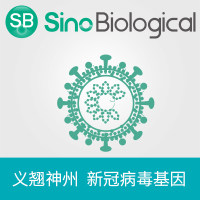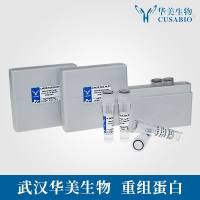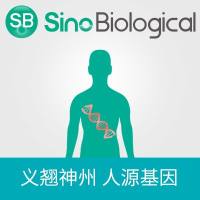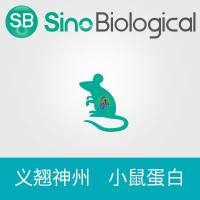Gene Transfer in Drosophila
互联网
608
The generation of germline transformants in Drosophila melanogaster has relied on the utilization of transposable elements to effect the chromosomal integration of injected DNA (1 ,2 ). The success of this approach has depended largely on our understanding of the biology of P elements and the syncytial nature of the early Drosophila embryo. The first 13 embryonic divisions following fertilization are nuclear, resulting in the formation of a syncytium. Consequently, if microinjection into the posterior end of the embryo is carried out prior to cellularization, a proportion of the microinjected DNA will be present in the cytoplasm of the pole cells, the progenitor cells of the germline.








